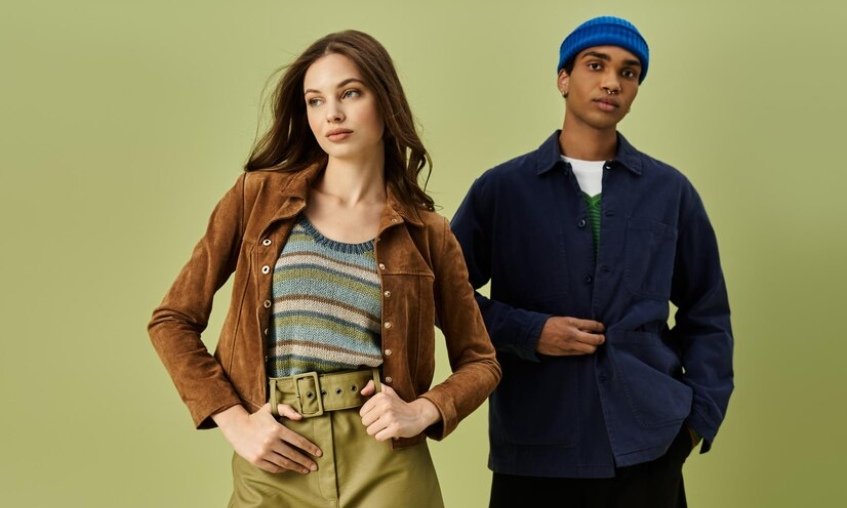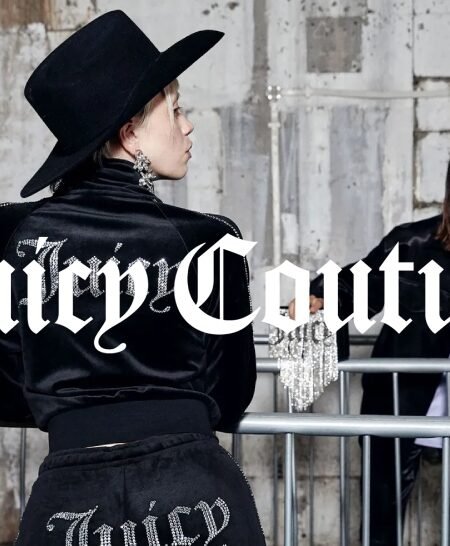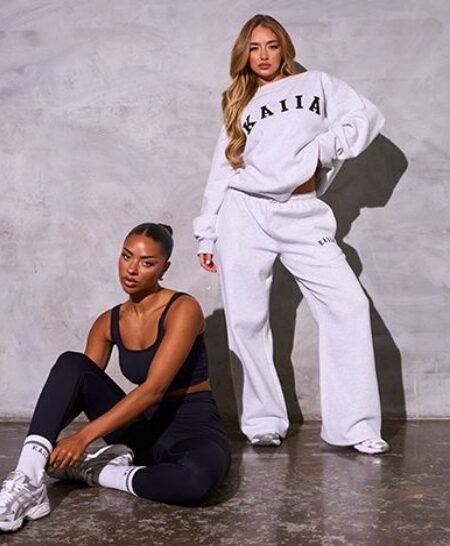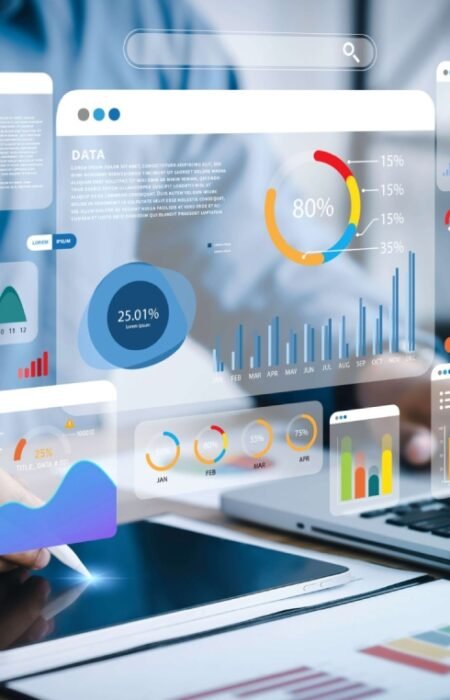Fashion is an ever-evolving industry, constantly adapting to cultural, technological, and environmental shifts. As we step into 2025, we can expect groundbreaking trends that combine the best of sustainability, technology, and individuality. The future of style is not just about what you wear, but how you wear it and the story behind every garment. From AI-powered designs to circular fashion, 2025 promises a bold new era for fashion, redefining how we think about creativity, sustainability, and self-expression. Here’s a look at what’s hot in fashion for 2025 and beyond.
1. Sustainability Takes Center Stage: Eco-Friendly Fashion
Sustainability in fashion is no longer just a trend; it’s an urgent movement that’s driving major change in the industry. By 2025, sustainable fashion will be the norm, not the exception. As consumers become more environmentally conscious, brands are responding by adopting eco-friendly materials, reducing waste, and embracing circular fashion models.
Recycled and biodegradable fabrics will be more prevalent, with innovative materials like biofabricated leather and plant-based textiles leading the way. Fashion brands will prioritize the reduction of their carbon footprint, aiming for a closed-loop system where garments are created to be reused, repurposed, or recycled at the end of their life.
Key Sustainability Trends for 2025:
- Circular Fashion: Brands will design clothes with longevity in mind, using durable, recyclable materials. Consumers will increasingly buy, swap, or rent items rather than purchase single-use fashion.
- Regenerative Fashion: The future of sustainable fabrics will include materials that regenerate themselves, such as plant-based fibers or textiles that repair themselves over time.
- Transparency and Ethical Practices: Consumers will demand more transparency in supply chains. Brands will be held accountable for their labor practices, sourcing, and environmental impact, leading to more ethical, responsible fashion.
2. AI-Driven Fashion: Personalized, Smart, and Adaptive Designs
Artificial intelligence is set to revolutionize the fashion world in 2025. From design to production and shopping, AI will make fashion more personalized, efficient, and tech-forward. AI will help designers predict trends, create customized garments, and even automate clothing production, reducing waste and increasing accessibility.
AI-powered virtual try-ons will become more realistic and widely used, allowing consumers to digitally try on clothes before purchasing. Smart clothing will also become more prevalent, with embedded technology like wearable electronics that adjust the fabric’s properties to suit different conditions (e.g., changing temperature or flexibility).
AI in Fashion by 2025:
- Personalized Shopping Experience: AI algorithms will tailor shopping experiences based on individual preferences, body types, and lifestyle. Personalized recommendations will go beyond just style preferences, including suggestions based on sustainability and ethical practices.
- Fashion-Forward Virtual Try-Ons: Augmented Reality (AR) and AI-driven virtual try-on technology will allow consumers to see how clothing fits and feels without leaving their homes, improving convenience and reducing the need for returns.
- Data-Driven Designs: Designers will use AI to predict trends, analyze consumer data, and develop garments that are in high demand, improving both creativity and productivity in the fashion industry.
3. Tech-Infused Fashion: Wearable Technology and Smart Clothing
The fusion of technology and fashion will continue to grow in 2025. Smart textiles and wearable tech will be integrated into clothing, offering both function and style. From health-monitoring garments to adaptive clothing that changes based on environmental conditions, fashion will be about more than just aesthetics.
Garments with built-in technology, like LED-embedded jackets or temperature-regulating fabrics, will become common, offering consumers a fusion of high-tech functionality and cutting-edge design. The fashion world will see the rise of augmented reality (AR) accessories, such as glasses that overlay virtual designs onto the physical world, and clothing that interacts with the digital space.
Key Tech Trends in Fashion for 2025:
- Smart Clothing: Wearables that track health metrics, such as heart rate or posture, will become more common, blending seamlessly into everyday fashion.
- Interactive Fashion: Clothing that responds to its environment, like color-changing fabrics or jackets that adjust to body temperature, will be part of the next wave of smart fashion.
- AR and VR Fashion Shows: With the rise of virtual reality, fashion shows will become more immersive, with audiences being able to experience runway collections from the comfort of their own homes, offering a global, interactive experience.
4. Inclusivity and Diversity: Fashion for All
Fashion is increasingly embracing diversity, focusing on creating garments that cater to all body types, genders, and personal identities. By 2025, we will see fashion brands pushing the boundaries of inclusivity, not only in their campaigns but in the designs themselves.
Expect to see a rise in gender-neutral clothing lines, plus-size fashion, and styles that promote individuality and self-expression. The future of fashion will break away from traditional standards of beauty and fit, prioritizing diversity and making fashion more accessible to everyone.
Inclusivity Trends for 2025:
- Gender-Neutral Fashion: Clothing designed for all genders will become more mainstream, with fluid designs that transcend traditional categories of men’s and women’s clothing.
- Adaptive Fashion: Clothing designed for people with disabilities will be more prevalent, with innovations in adaptive features such as magnetic closures, adjustable fits, and easy-to-wear styles.
- Customizable Fit: Advances in 3D printing and AI will allow consumers to create clothes that fit their bodies perfectly, eliminating the need for alterations and catering to all body types.
5. Sustainable Luxury: The New Wave of High-End Fashion
Sustainability will also impact the luxury fashion market in 2025. Consumers are demanding that luxury brands not only provide exquisite design but also align with ethical values, such as sustainability, transparency, and cruelty-free practices.
Luxury brands will begin to embrace circularity, sustainable materials, and slow fashion principles, offering items that are designed to last, can be repaired, and are made from high-quality, environmentally friendly materials. These changes will reflect a shift toward eco-conscious luxury, where style and sustainability go hand in hand.
Sustainable Luxury in Fashion:
- Slow Fashion Movement: Instead of fast fashion, luxury brands will prioritize quality over quantity, creating timeless pieces that last for generations, ensuring their long-term value.
- Upcycled Luxury: High-end fashion houses will increasingly use upcycled materials and repurpose old garments, creating unique, limited-edition pieces that minimize waste.
- Ethical Production: Luxury fashion will focus on ethical sourcing, using organic materials, natural dyes, and ensuring fair labor practices, setting the standard for sustainable fashion.
6. The Future of Fashion Retail: Virtual Stores and Immersive Shopping
In 2025, the way we shop for fashion will be completely transformed. Virtual reality (VR) and augmented reality (AR) will create immersive shopping experiences that blend the physical and digital worlds. Consumers will no longer be limited to browsing physical stores or static e-commerce websites; instead, they will explore virtual stores, where they can try on clothes, interact with stylists, and even attend fashion shows—all from the comfort of their homes.
Additionally, blockchain technology will continue to gain traction, allowing for secure, transparent transactions and the use of digital fashion items. NFTs (non-fungible tokens) could even become a way to authenticate high-end garments or create virtual fashion collections.
Retail Innovations for 2025:
- Virtual Fashion Experiences: Shoppers will use AR and VR to try on clothes in virtual stores, get a 360-degree view of garments, and interact with digital avatars to see how pieces would look in real life.
- Blockchain Fashion: Blockchain will be used for authenticating garments and preventing counterfeiting, offering a more secure and transparent way to buy luxury items.
- Social Shopping: Online shopping will become more social, with the ability to interact with friends, get real-time feedback, and even shop together in virtual environments.
Conclusion: Fashion’s Bold Future Awaits
The future of fashion in 2025 is set to be innovative, inclusive, and sustainable, with technological advancements and a growing focus on individuality and ethics. AI, sustainability, smart textiles, and immersive shopping experiences will dominate the landscape, transforming how we design, wear, and shop for clothing. As the industry embraces these shifts, fashion will evolve into a more personalized, eco-conscious, and tech-infused form of expression.
As we look forward to the next wave of fashion, one thing is clear: the future of style is about much more than what we wear—it’s about how fashion can reflect and support our values, empower individuals, and protect the planet.








No Comment! Be the first one.